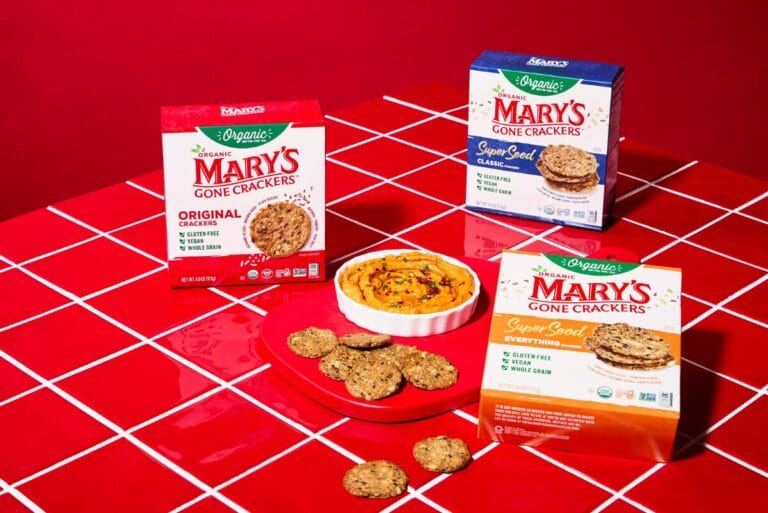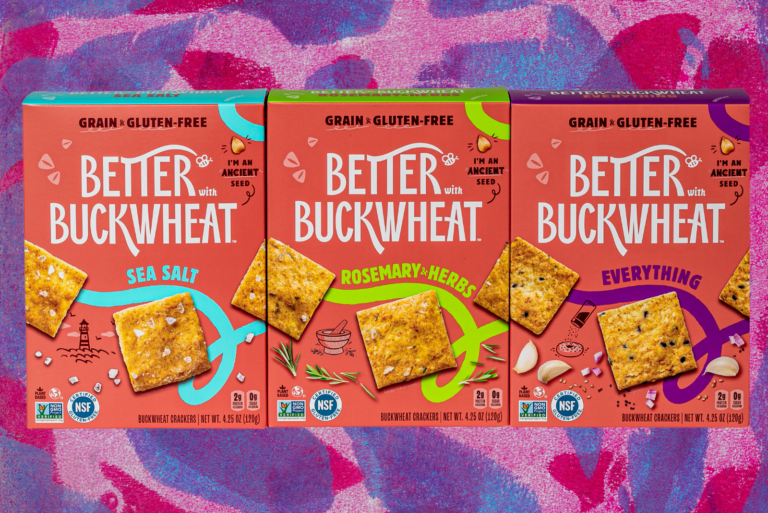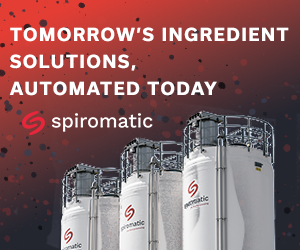Last year, Winslow, ME-based Better With Buckwheat launched its first line of snacking crackers to leverage interest in a better-for-you cracker option that appealed to more mainstream consumers. The company expanded beyond production of its original Maine Crisp brand, building an 18,000-square-foot facility, acquiring new equipment to scale operations, and retooling cracker formulations to align more efficiently with increasing automation.
“The expansion has significantly increased our capacity, and we are now producing 200 percent more product compared to this time last year,” said Lewis Goldstein, CEO of Better With Buckwheat. “One of the ongoing challenges is managing the surge in sales while ensuring we have the capacity to meet demand efficiently.”
Equipment meets trends
To keep up with demand, enhance operations for the newer cracker lines, and scale up production of the crisps, Better With Buckwheat invested in new equipment, including two Revent ovens and an Escher high-capacity mixer that can process three times more dough than the previous model.
“The addition of our new Artypac packaging machine has been a game changer, resulting in significant production increases,” said Josh Wright, director of operations at Better With Buckwheat. “Previously, our packaging line struggled to keep pace with production, but now it has additional capacity to accommodate future growth.”
Better With Buckwheat also optimized its production scheduling to ensure it had the right team in place to meet these new demands effectively. It expects to add a third shift soon and transition to a 24/5 production schedule to support the company’s growth.
The Mintel report found that more than 7 in 10 Gen Z and millennials agree that combining snacks can be more satisfying than a meal. Leveraging crackers as a better-for-you pairing or part of a meal creates opportunity. However, innovation that adds functional alternatives or removes traditional ingredients to support health claims may challenge operations. Constantly aligning formulation changes with production capabilities is key to attracting health-conscious consumers.
This story has been adapted from the April | Q2 2025 issue of Commercial Baking. Read the digital edition here.










